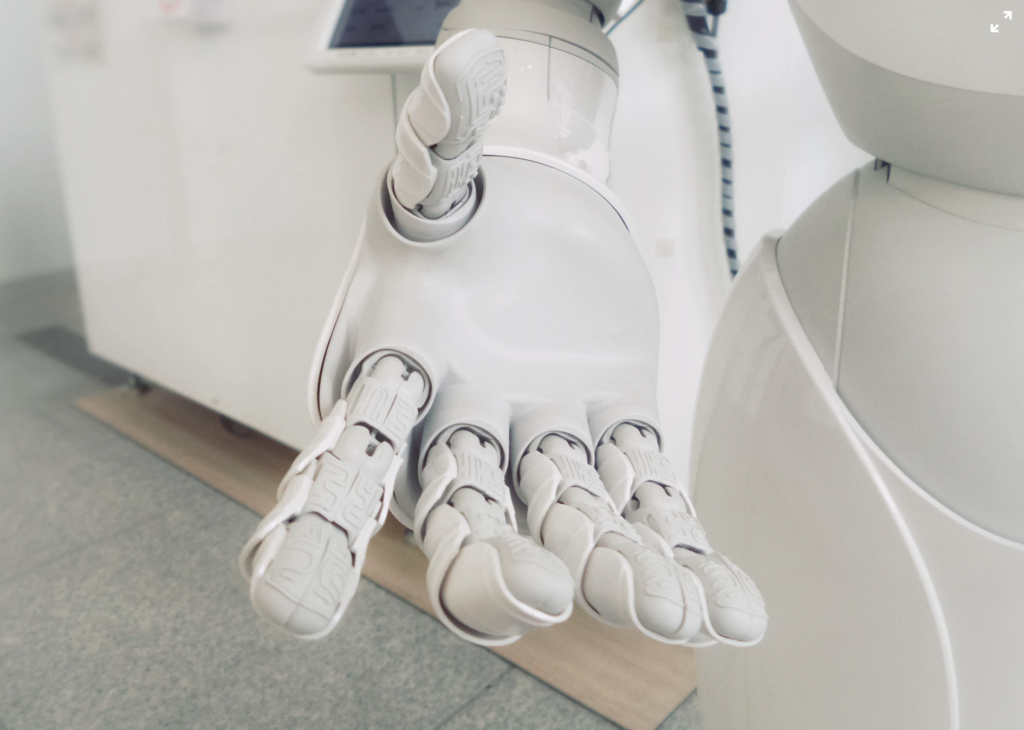IT Automation
Pros
The benefits of IT automation primarily revolve around saving costs, increasing consistency and speed, and maximizing efficiency. Although it does cost money to implement an automated process,
it has the potential to save a significant amount of overhead and labor costs. Overhead is saved because the chance for errors in the process are reduced. If a human makes inconsistent errors within the process, it can take a long time to identify and correct these errors. Many times, the processes that can be automated take someone a significant amount of time to do. This means that they do not get done or someone needs to work overtime in order to finish them. By automating these mundane tasks, employees can focus on more complex and higher order operations.
Automation helps businesses to increase consistent experiences for employees and customers. This system no longer relies on humans to properly organize or classify information. Instead, the system does this automatically, so people know what to expect when they are running specific processes. For customers, this consistency comes through in speed and accuracy knowing that their information is being stored securely but at the same time can be easily accessed.
Automation improves efficiency. This is true for computer operations and for human capital. It makes the whole process predictable, reduces errors and disorganization, and increases the amount of data that can be handled at speed.
Cons
It would be foolish to think that there are no disadvantages to consider with IT automation. There are three major areas that we see these play out. They are in the risk of errors, resistance of employees, and keeping intentional purpose with automation decisions.
Because everything is moving at a slower pace when humans are completing tasks, if there is an error, it can be caught before it is extensively replicated. When automation is in place, if an error occurs it can proliferate quickly and cause a significant headache.
Anytime the process of automation is mentioned, employees get nervous. They do not want to see their job replaced by technology and want to feel valued. While this would be welcomed by businesses that are overburdened, that does not mean the individual employee would not worry. Emphasizing the ability to complete more complex tasks and having repetitive tasks removed can improve the morale and perceptions of employees.
Finally, when people learn about IT automation they can start to think of all of the different processes and tasks that can be automated. However, this is a dangerous way of thinking. If you automate for the sake of automating, the benefits mentioned earlier have the potential to fade away. In addition, this takes you away from the original intent or purpose that you had with automating. This can eliminate any cost or time savings.
Where is IT Automation Going?
The major trend with IT automation is increasing artificial intelligence and machine learning. Automation will increasingly affect parts of everyone’s jobs. These new trends in artificial intelligence and machine learning have the potential to completely transform industries that were previously untouched by automation such as healthcare and finance. Rather than just completing the same task over and over again, technology can now be trained intelligently to perform increasingly complex tasks.
At the same time, it is important to remember that automation is a very complex process and even if something is technically ready to automate, that does not mean it is completely ready to automate. A business will still need to consider the upfront costs to automate, the workforce available to complete the task, and if it is a strategic direction their company wants to move.
Automation is very good at tasks that are predictable. Industries with much more unpredictable work activities will be harder to automate because even though the cognitive reaction time of machines is faster than humans, their physical reaction time is slower. An area where automation is expected to increase is in data processing and data analysis. Machines can now run large batches of data and make connections and correlations. This still requires a human to code and interpret the data, but people to input the data are no longer needed. It will be interesting to see the trends of automation and where we are at in 10, 20, and 50 years.



